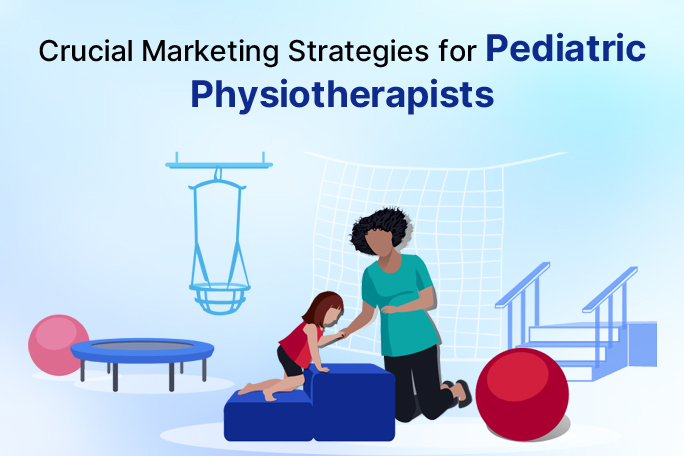

To understand who needs occupational therapy, we should first learn what exactly occupational therapy is. Occupational Therapy (OT) is a medical speciality that aids people of all ages who struggle with cognitive, physical, or sensory issues. This technique uses common activities or occupations in a therapeutic way to treat physical, mental, developmental, and emotional conditions […]
To understand who needs occupational therapy, we should first learn what exactly occupational therapy is. Occupational Therapy (OT) is a medical speciality that aids people of all ages who struggle with cognitive, physical, or sensory issues. This technique uses common activities or occupations in a therapeutic way to treat physical, mental, developmental, and emotional conditions that affect a patient’s capacity to carry out daily tasks.
Have you ever witnessed your kid struggling with basic tasks that other children are able to perform with ease? Don’t worry if you nodded yes. Your child might benefit from the help of an occupational therapist.
As for the adults or elderly, occupational therapy can help with disabilities like arthritis or Parkinson’s. There are a variety of occupational therapists who focus on providing elderly patients with healthcare or geriatric rehabilitation. They create the best treatment plans to assist you in meeting your emotional, physical, environmental, and psychological needs, irrespective of your age.
When you first come across the term occupational therapy for kids, you might wonder what is the occupation of children for them to be eligible for OT. Your concern is right. But just like adults spend most of their time working, kids spend it on playing, learning new things, and grasping the vital life skills that will enable them to handle tasks sole handedly.
If a child faces difficulty in performing any of the basic skills such as sensory, gross, or fine motor skills, that’s where the role of an occupational therapist comes in handy. Based on the analysis, a goal is set for the child, and it can only be accomplished through regular intervention sessions. A few of the most common examples where a child might need an occupational therapist are mentioned below.
If you think your child is facing any of the above issues, there are many occupational therapy documentation apps that will help them get back on track. Furthermore, if your child is unable to step out of the house, you can get them a virtual session through occupational therapy management software like SmartPT Online.
Adults need occupational if they are facing issues like the ones mentioned below:
All in all, adults benefit greatly from occupational therapy management software. After just a few sessions, you would notice a significant improvement in your functionality by receiving assistance with pain management and body strengthening.
Note: With occupational therapy management software, patients can attend sessions from the comfort of their homes via occupational therapy management software.
You can benefit from occupational therapy for practical tasks if you:
Occupational therapists work with patients of all ages and can examine every facet of daily life in your home, place of employment, or place of education. They examine your challenging activities to determine if there is another way you can complete them.
Receive updates, business advice, and easy-to-follow tips in your inbox with just a tap.
Does your Physio therapy business needs a boost? Access the ready to implement ideas & strategies.